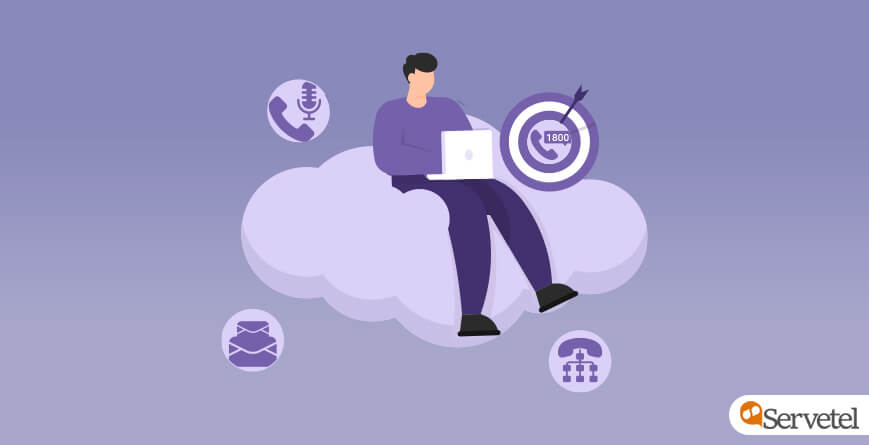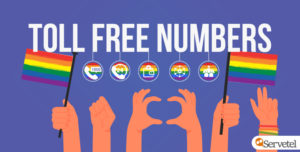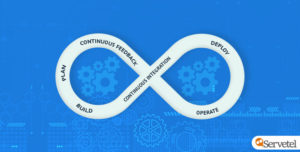2021 has unfortunately been yet another year of unexpected crises. Citizens were already coming to terms with the news of floods in the Chamoli district of Uttarakhand when the second wave of the COVID-19 pandemic started causing havoc across the country.
This was only to be followed by cyclones Tauktae and Yaas—now causing immense damage across India’s western and eastern coasts, respectively.
As pollution levels rise across the world and temperatures soar, climate change will have more severe implications. One of them being more frequent and catastrophic natural disasters.
The solution is only one—a collaborative and conscious effort to change our lifestyles and reduce our carbon footprint. However, this is a long-term plan. The immediate need is rescue and rehabilitation.
Government bodies and several NGOs are working day and night to prepare for the effects of these ravaging storms. In such a scenario, communication technology can play a vital role to boost mitigation efforts and accelerate the process.
Essentially, we need technology that can connect to the masses with ease, boast reliable and robust infrastructure and, yet, remain inexpensive and accessible.
Technology called cloud telephony fulfils all the abovementioned checkboxes and more. It is the perfect tool for crisis management and is a proven ally for organisations working towards relief operations.
Let us learn about this technology and how it can help mitigate the effects of cyclone Tauktae and Yaas.
What is cloud telephony?
It is an intelligent communication solution that eliminates the need for wiring, landlines or other redundant infrastructure. Instead, the connection is made over the Internet, a.k.a the Cloud—a more efficient to handle emergencies. Cloud telephony is an upgrade over on-premise PBX systems, allowing more flexible and scalable communications.
How can cloud telephony help in relief and rehabilitation efforts
1. Swift information dissemination
Some natural calamities like cyclones, storms, impending floods, etc., can be tracked and, in some cases, even predicted. If a disaster is impending, the masses residing around the proposed impact zone must be quickly informed. Any delay or inaccuracy can result in substantial loss of life and property.
Cloud telephony solutions—voice broadcasting and bulk SMS—allow seamless communication bursts. Authorities can conveniently reach out to the masses and give them reliable and up-to-date information about the movement of cyclones and storms.
Apart from early warnings, these solutions can also be used to inform individuals about relief centres, their locations and other packages announced by the state or central government.
Voice broadcasting: It is an effective broadcasting tool, typically used by political parties or businesses to promote their products or agenda. In the case of natural disasters, concerned authorities can conveniently send a pre-recorded voice broadcast to target residents. All one needs to do is collate a database with phone numbers and record the message. That’s it! The service provider takes care of the rest.
Bulk SMSes: In this case, bulk SMS functions as the text version of voice broadcast. Similar to voice broadcasting, bulk sms solution can help you reach thousands in a second. Hence, providing critical information.
2. Penetration in the remotest of areas
Given the numerous languages spoken in the country, it is crucial that people must get critical early warnings in their native languages. It is one of the only ways to facilitate complete information dissemination. Authorities also need to consider individuals who cannot read.
While TV along with radio has long reached remote areas, translating and broadcasting the same information in multiple languages while targeting different locations can be both expensive and ineffective—owing to the delay.
Yet again, cloud telephony products, namely outbound IVR (or voice broadcasts with an interactive menu) and bulk SMS, come to the rescue. Text messages can be readily translated to various languages and broadcast to selected high-risk zones. Alternatively, a voice-over artist or the latest text-to-speech technology can be used to record messages. This would enable all call receivers, irrespective of their literacy level, to take precautionary measures.
Outbound IVR: It is an integration of IVR or interactive voice response with a voice broadcasting solution. Herein, instead of purely uni-directional communication, the call receiver may further interact with the system via a virtual menu. It can be used to get additional information or connect with a volunteer or government authority.
3. Rapid relief efforts
Unlike cyclones and storms, other natural disasters are hard to predict. Earthquakes, flash floods, volcanic eruptions are such examples. While early warning signs are difficult to grasp, concentrated relief efforts in the most impacted areas are of utmost urgency. And this is possible only with coordinated efforts.
The toll-free numbers i.e the 1800 numbers are one of the most successful ways to facilitate the same. Government bodies and NGOs have often employed this technology in crisis situations, and rightly so! It allows individuals, even in the most remote areas, to easily connect with volunteers and request aid. This is also a great solution to channel relief efforts in areas, which authorities might have overlooked.
Toll free number: It is a zero-cost communication tool wherein the call charges are borne by the receiver (government institutions or volunteering organisations) and not the caller.
4. Provide post-calamity aid
Immediate rescue efforts are only one part of mitigating natural disasters. The process of rehabilitation is more prolonged and more arduous. For instance, people stuck in remote areas after an earthquake might need medical advice. Cloud telephony solutions allow medical organisations to provide reliable and accurate information to the needy.
Telemedicine initiatives can be easily implemented using toll-free numbers and IVR. Patients can interact with doctors on a telephone call and get the necessary advice. Such communication solutions have immense potential to reach the masses and help the needy.
Conclusion
Natural disasters cause extensive loss of life and property. Early warnings and reliable communications can assist the volunteers and authorities in their efforts to mitigate the said loss. Cloud telephony’s robust and dedicated infrastructure is the perfect communication tool. It has proved to be a quality asset for organisations time and again!
Cloud telephony products like IVR, toll-free number, voice broadcasting, bulk SMSes, etc., have far-ranging applications and offer a complete disaster management communication kit when bundled together.
To know more about this technology and its features, feel free to contact our agents at 1800-120-4132.

















